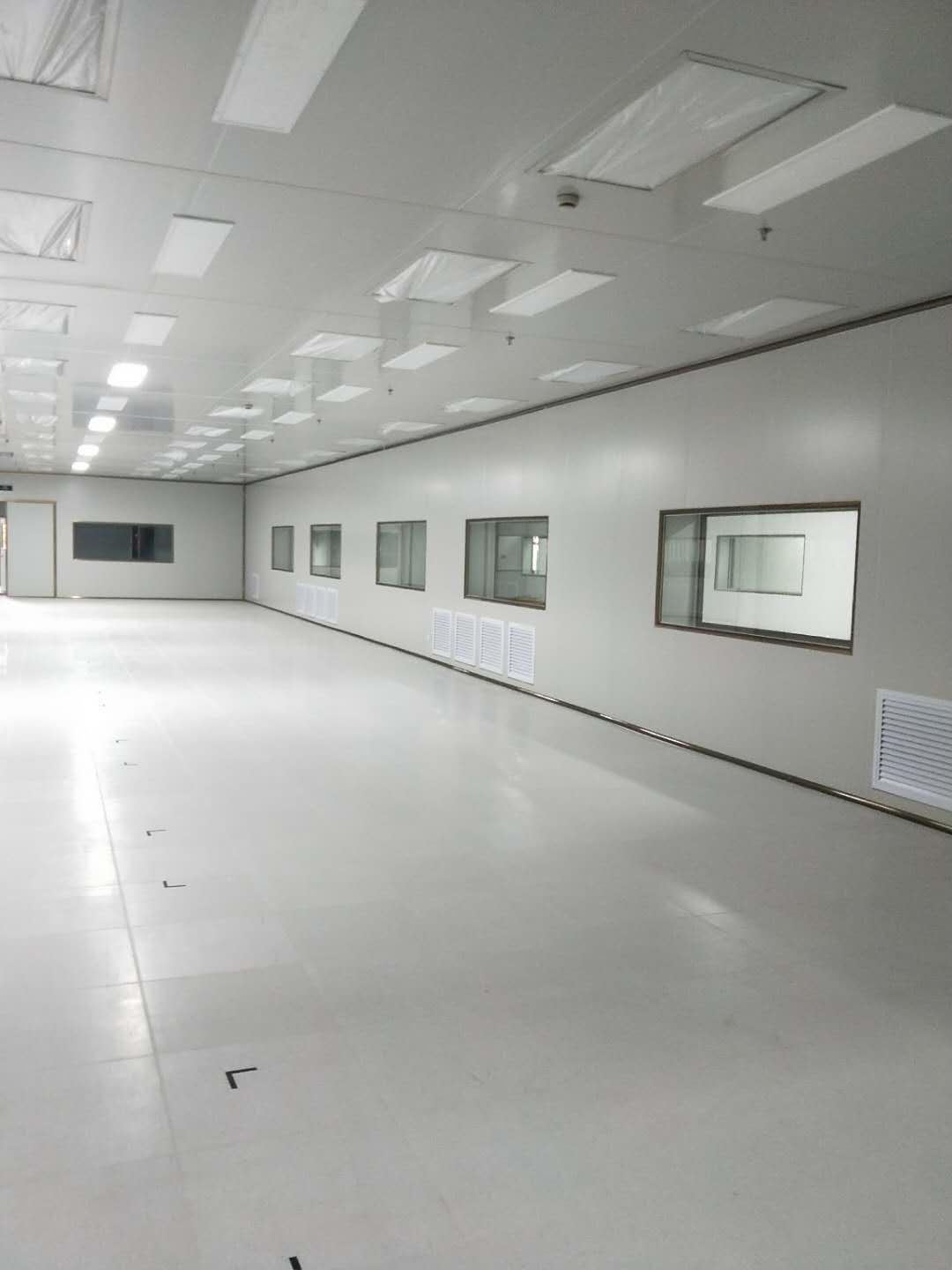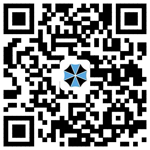Shanghai baohusan Purification Technology Co., Ltd.
Tel: 400-801-8766
ATTN: MR.Hu
Address No. 33, Lane 1399, Xinfu Middle Road, Qingpu District, Shanghai
4) Then, various power facilities, such as electricity, water, gas, vacuum, compressed air and waste water pipes, will be erected. It should be noted that the smoke and debris generated by these operations should be controlled and included as fully as possible, so as to avoid negligence in getting into the surrounding clean room, which also helps to remove the barrier before effectively cleaning.

5) a clean procedure should then be used to clear up the pollution in the isolation area. All surfaces must be vacuum cleaned, wiped and cleaned, including all walls, fixed and convenient equipment and floors.
6) pay special attention to the cleaning of the back of the equipment and the area below the equipment.
7) Some internal preparations and preliminary tests of equipment performance can now be made, but the final acceptance tests require that the cleanroom conditions be fully met.
8) the wall can now be carefully removed, and filtered air can be connected to the air supply. The time taken for this step should be carefully selected to minimize interference with normal work in the clean room. Particle testing or testing can also be required.
9) The equipment interior and the key processing chamber should be cleaned and ready for use under normal clean room conditions.
10) All suitable chambers and all surfaces in contact with or involving product delivery are wiped to achieve the required cleanliness level. The cleaning procedure for the equipment should be from top to bottom, because if particles are dispersed, larger particles will fall to the bottom of the equipment or the ground due to gravity.
11) the order of cleaning equipment is from top to bottom.
12) when necessary, surface particles should be inspected in areas critical to product or process requirements.


Tel:400-801-8766
ATTN:MR.Hu
Address:No. 33, Lane 1399, Xinfu Middle Road, Qingpu District, Shanghai
Email:252037136@qq.com